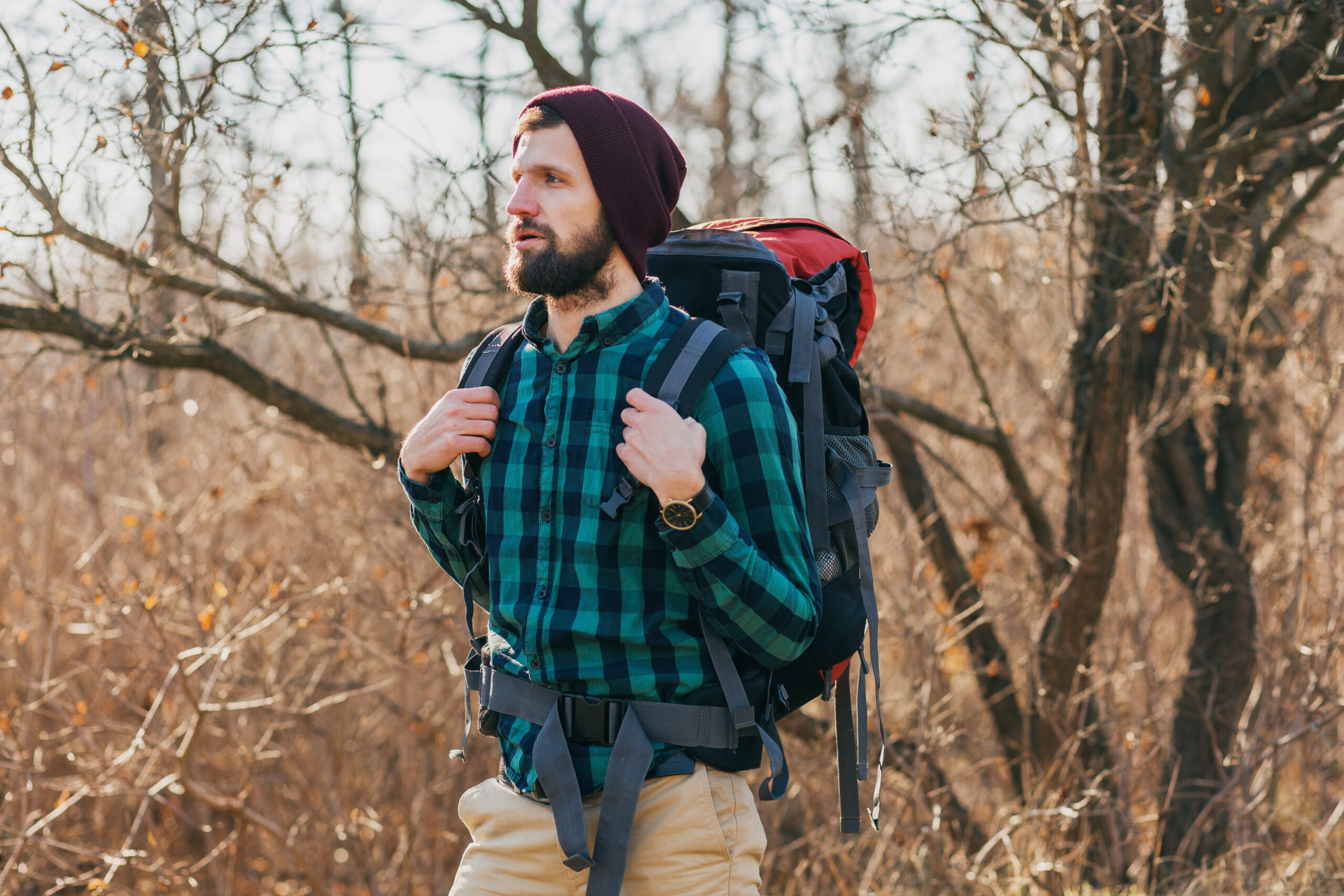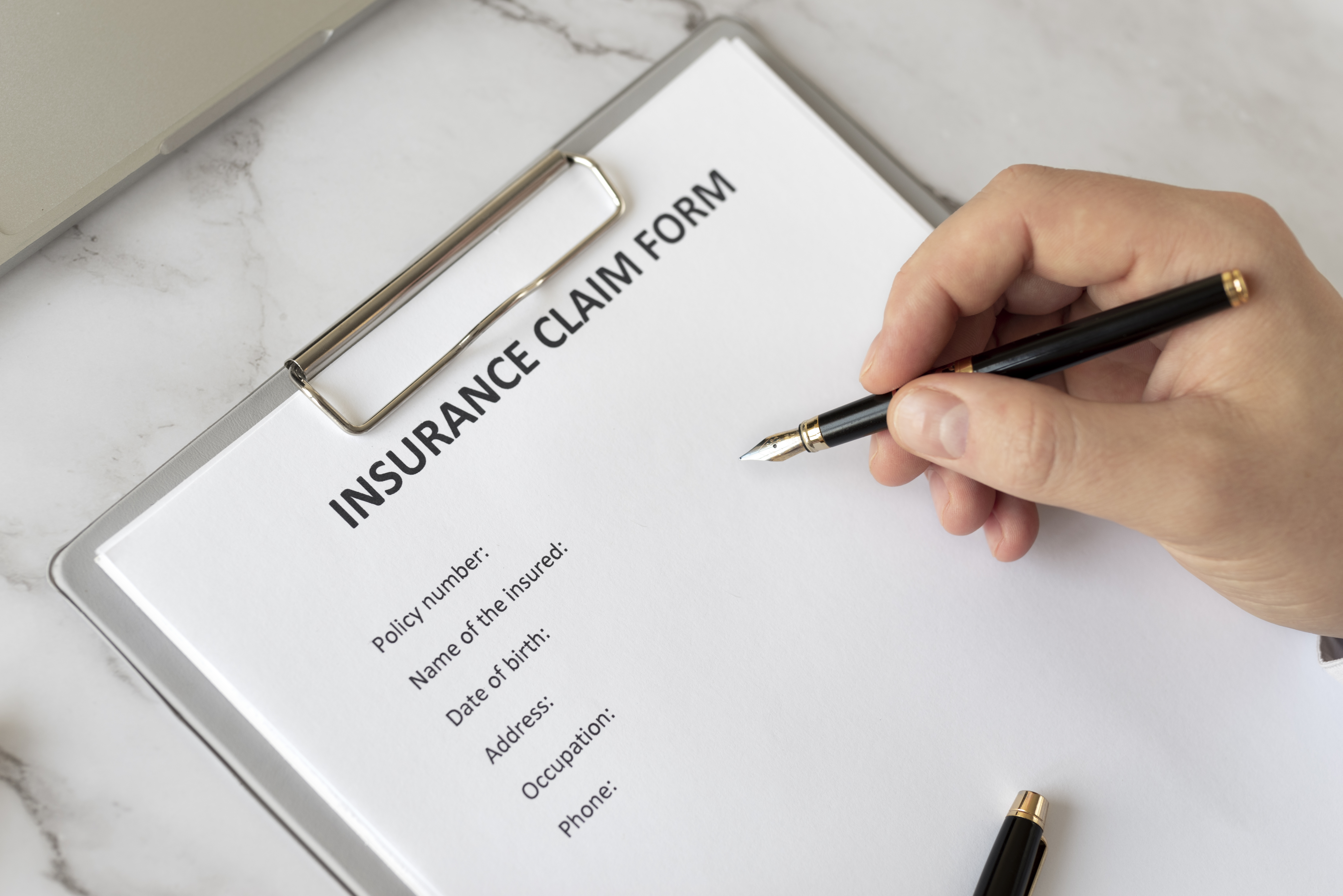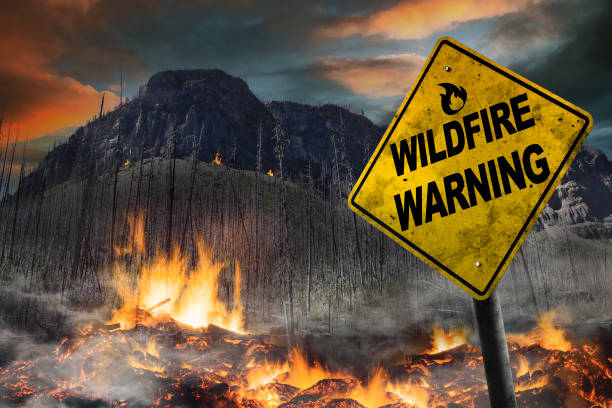What to Do During a Wildfire: Essential Safety Tips and Actions
Wildfires are among the most destructive and terrifying natural disasters on Earth. In a matter of minutes, they can devour homes, forests, and entire communities, leaving behind devastation that takes years to recover from. Knowing what to do during a wildfire can make the difference between survival and catastrophe.
Whether you live in a high-risk area or want to prepare, this comprehensive guide will teach you exactly how to protect yourself, your family, and your property before, during, and after a wildfire.
Table of Contents:
Understanding Wildfire Behavior
A wildfire is an uncontrolled fire that burns in forests, grasslands, or other natural areas. Fueled by dry vegetation, wind, and heat, it spreads rapidly, often faster than people can react. Wildfires can leap across roads, rivers, and even firebreaks when carried by embers.
The Three Elements of Fire
Every fire, including wildfires, needs three ingredients known as the fire triangle:
- Heat – ignition sources like lightning, power lines, or unattended campfires.
- Fuel – grass, leaves, trees, homes, or anything flammable.
- Oxygen – plentiful in the air, sustaining combustion.
When these elements combine under the right weather conditions (low humidity and high wind), wildfires ignite and spread uncontrollably.
Types of Wildfires
Understanding the type of wildfire you’re facing can guide your decisions:
- Surface Fires: Burn along the forest floor, consuming grass and small plants.
- Crown Fires: Jump from treetop to treetop; highly dangerous and fast-moving.
- Ground Fires: Burn beneath the surface in peat or roots, difficult to detect and extinguish.
How Fast Wildfires Move
On windy days, wildfires can travel at 14 mph or faster. That’s the speed of a horse running faster than most people can evacuate on foot.
Why Preparation Is Key
When disaster strikes, chaos follows. People who have a plan are significantly more likely to survive.

Most wildfire fatalities occur because:
- People underestimate how fast the fire spreads.
- They delayed the evacuation until it was too late.
- Smoke reduces visibility, causing disorientation.
- Panic leads to poor decision-making.
Knowing what to do during a wildfire helps you avoid these deadly mistakes.
Mental Preparedness
Emotional readiness is just as important as physical preparation.
- Train yourself to stay calm under pressure.
- Discuss emergency plans with your family regularly.
- Keep essential numbers (fire department, neighbors, evacuation centers) accessible.
Preparing Before the Fire Strikes
Wildfire safety starts long before smoke is visible. The steps you take today can save your life tomorrow.
1. Create a Defensible Space
Here’s how to build it:
- Clear at least 30–100 feet around your home.
- Remove dead leaves, branches, and firewood piles.
- Trim trees so branches are 10 feet away from roofs or chimneys.
- Replace mulch with gravel or stone near structures.
- Keep grass under 4 inches tall.
Think of your yard as armor; every bit of clearance helps.
2. Strengthen Your Home
Your home’s construction materials and maintenance can decide whether it burns or survives.
- Use fire-resistant materials (metal, tile, or asphalt shingles) for roofs.
- Install mesh screens on vents to block embers.
- Replace wooden decks or fences attached to the house with metal or stone.
- Seal gaps around windows, doors, and eaves.
A well-prepared home can resist ember attacks, a significant cause of structure loss during wildfires.
3. Prepare a Wildfire Emergency Kit
Include:
- Water (at least one gallon per person per day for three days)
- Non-perishable food
- First aid kit and prescription medications
- N95 masks and goggles
- Flashlights, batteries, and portable chargers
- Essential documents (IDs, titles, insurance papers)
- Cash (ATMs may not work)
- Change of clothes, sturdy shoes, blankets
- Tools (multi-tool, wrench, duct tape)
- Pet food and supplies
Store it in an easy-to-grab backpack near your exit door or in your car trunk.
4. Have an Evacuation Plan
Make a family evacuation plan that includes:
- Two escape routes from your home and community.
- A designated meeting place (a friend’s house, park, or shelter).
- A list of emergency contacts.
- Plans for pets, livestock, or anyone needing assistance are included.
Rehearse evacuation drills twice a year. Familiarity reduces panic when time is critical.
5. Stay Informed
Sign up for:
- Wireless Emergency Alerts (WEA)
- Local fire department notifications
- Weather alert apps (like FEMA or Red Cross Emergency)
What to Do During a Wildfire
When the fire is near, every second counts. Acting fast and following proven wildfire safety steps can keep you alive.
Here’s exactly what to do during a wildfire once the flames threaten your area.

If you have time before evacuation, follow the steps below systematically.
2. Prepare Your Home (If Safe to Do So)
If evacuation orders haven’t been issued yet and you have 10–20 minutes:
- Shut all doors, windows, and vents.
- Move flammable furniture to the center of rooms.
- Turn off gas lines and propane tanks.
- Close blinds and curtains to reduce radiant heat.
- Fill bathtubs, sinks, and buckets with water firefighters may use later.
3. Dress for Survival
Wear clothes that protect against heat and embers:
- Long-sleeved cotton or wool shirts
- Denim or heavy cotton pants
- Leather gloves and sturdy boots
- Goggles and masks (to protect from smoke)
Avoid synthetic fabrics like polyester; they melt and can cause burns.
4. Grab Your Emergency Kit
Keep your phone charged and include a backup power bank.
5. Stay Updated
Listen to local authorities via radio, emergency apps, or text alerts.If you’re told to evacuate, do it immediately. Many lives are lost because people wait too long.
6. Evacuate Early
When fire approaches, visibility drops, and roads clog fast.
- Follow marked evacuation routes.
- Keep car windows up and headlights on.
- Drive slowly and watch for emergency vehicles or wildlife.
- Do not drive through thick smoke or flames.
Evacuation Safety Tips
Evacuations are often chaotic, but with preparation and awareness, you can leave safely.
1. Leave as Soon as Possible
Don’t wait for mandatory orders. Early voluntary evacuation reduces stress and danger. Fires can change direction suddenly with shifting winds.
2. Keep Emergency Supplies in Your Car
Store water, blankets, a flashlight, and a first-aid kit in your vehicle year-round. During wildfire season, also keep a mask and goggles.
3. Communicate Your Location
Text family or friends where you’re going and which route you’re taking. Avoid calls if networks are jammed.
4. Don’t Return Too Soon
Even if flames die down, hot spots can reignite. Wait for official clearance from local authorities before returning home.
5. Protect Pets and Animals
After the Wildfire: Recovery and Safety Steps
When the fire passes, it’s natural to want to rush home. But the aftermath of a wildfire is still hazardous.
Here’s what to do after a wildfire to stay safe and begin the recovery process.
1. Wait for the All-Clear
Do not enter burned areas until fire officials say it’s safe.
Hidden embers, fallen power lines, and unstable structures are common dangers.
2. Inspect Carefully
When allowed to return:
- Wear boots, gloves, and an N95 mask.
- Check for gas leaks, electrical damage, or hot spots.
- Do not turn on utilities until inspected by professionals.
If you smell gas, leave immediately and call the fire department.
3. Document All Damage
Write down dates, times, and descriptions. This documentation is crucial for insurance claims and legal recovery.

Contact your insurance provider as soon as possible. Provide documentation and keep records of all communications.
If your claim is delayed, denied, or undervalued, contact Eaton Fire. We help wildfire victims fight for the full compensation they deserve.
5. Clean Up Safely
Ash and soot can be toxic. Wear masks and gloves, and avoid sweeping or vacuuming ash as it spreads particles into the air. Use damp cloths or mops to clean surfaces.
Dispose of debris carefully following local hazardous waste guidelines.
6. Protect Your Health
Wildfire smoke can cause respiratory issues long after the fire ends.
- Use air purifiers indoors.
- Keep windows closed until the air quality improves.
- Seek medical care if you experience headaches, coughing, or shortness of breath.
Wildfires cause immense emotional strain. Many survivors experience anxiety, grief, or PTSD.
Reach out to:
- Local counseling centers
- Faith-based organizations
- Community support groups
Frequently Asked Questions
The first thing to do is stay informed and follow emergency alerts. Gather your family, pets, and emergency kit, and prepare to evacuate immediately. Quick, calm action saves lives.
2. How can I protect my home before wildfire season?
Maintain a defensible space by clearing vegetation, using fire-resistant materials, and keeping gutters clean store firewood and propane tanks far from your home.
3. What should I do if I’m trapped by fire?
If outside, look for areas with little vegetation, such as roads, rocky ground, or a body of water. Lie face down and cover yourself with wet clothing. If in a car, park in an open area, close windows, and stay low.
4. Is it safe to stay indoors during a wildfire?
Only if the authorities say it’s safe and the fire is far away. Keep doors and windows sealed and use HEPA air filters. However, if evacuation is ordered, leave immediately.
5. What should I do after a wildfire passes?
Community Awareness and Responsibility
Knowing what to do during a wildfire also means contributing to prevention and awareness. Communities that work together are more resilient.
1. Practice Fire Safety Year-Round
- Never leave campfires unattended.
- Avoid burning debris during dry, windy days.
- Properly extinguish cigarettes.
- Report illegal burns or suspicious activity immediately.
2. Join or Support Local Fire-Resistant Programs
Many counties offer Firewise USA® programs that help neighborhoods create safety plans, conduct drills, and improve landscaping to resist wildfires.
3. Volunteer or Donate
Final Thoughts and Call to Action
Wildfires are unpredictable, destructive, and deeply emotional disasters. But preparation and knowledge give you power.
Knowing what to do during a wildfire before, during, and after the flames can save your home, your health, and your loved ones.
At Eaton Fire, we understand the devastation wildfire victims face. From insurance claim disputes to property recovery guidance, our mission is to help you rebuild stronger than before.
We’ve seen families rise from the ashes, and we’re here to help you do the same.

Our experts at Eaton Fire are ready to guide you through every step of rebuilding and claiming the compensation you deserve.

